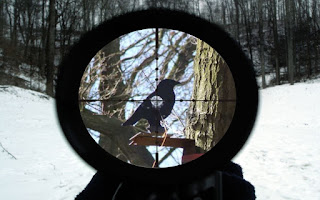We're really excited about our new Lee Precision reloading range and over the next few weeks we'll be bringing you a guide to getting started with re-loading. Reloading is a great way to save money and Lee Precision produce a great range of products to help you make what can be an expensive past time become cheaper. So today we're going going to look at where to start with reloading. The very first step is to select a die set and here is where you'll need to know what purpose the ammo is being used for. For Rifle Lee Pacesetter Dies and RGB series: Use these dies if you want to produce factory-dimensioned ammo that reliably fits and feeds in any gun. Full-length sizing is a must if you are reloading for more than one firearm or reloading cases that were fired in others firearms. Most Pacesetter dies include the Lee Factory Crimp Die . The Lee Collet Neck Sizing Dies : Use these dies for best accuracy, longest case life and no res...
Popular posts from this blog
Father's Day Gift Ideas!
A Gorgeous Days Shooting at Chargot Estate
A Gorgeous Days Shooting at Chargot Estate As a special treat for Christmas I finally got to tick a shoot off my bucket list. Hosted by BettwsHall the Chargot shoot was one that I had been top of my list to take part in for many years and it didn’t disappoint. Betts Hall run exceptional shooting days taking place on their sporting estates across Wales and the South West of England. They’re well known for being leaders in game production, producing the best quality birds for a great days shooting. Chargot is one of the UK’s most renowned estates located at the foot of the stunning Exmoor National Park in Somerset. The steep valleys and open moorland make this the perfect place for a traditional pheasant & partridge shoot. We arrived early for the shot which started at 9 am, but the early start was made easier due to our hosts. The Bettws Hall representatives had everything set up for us, so the only thing that we needed to do was go to ou...







Comments
Post a Comment